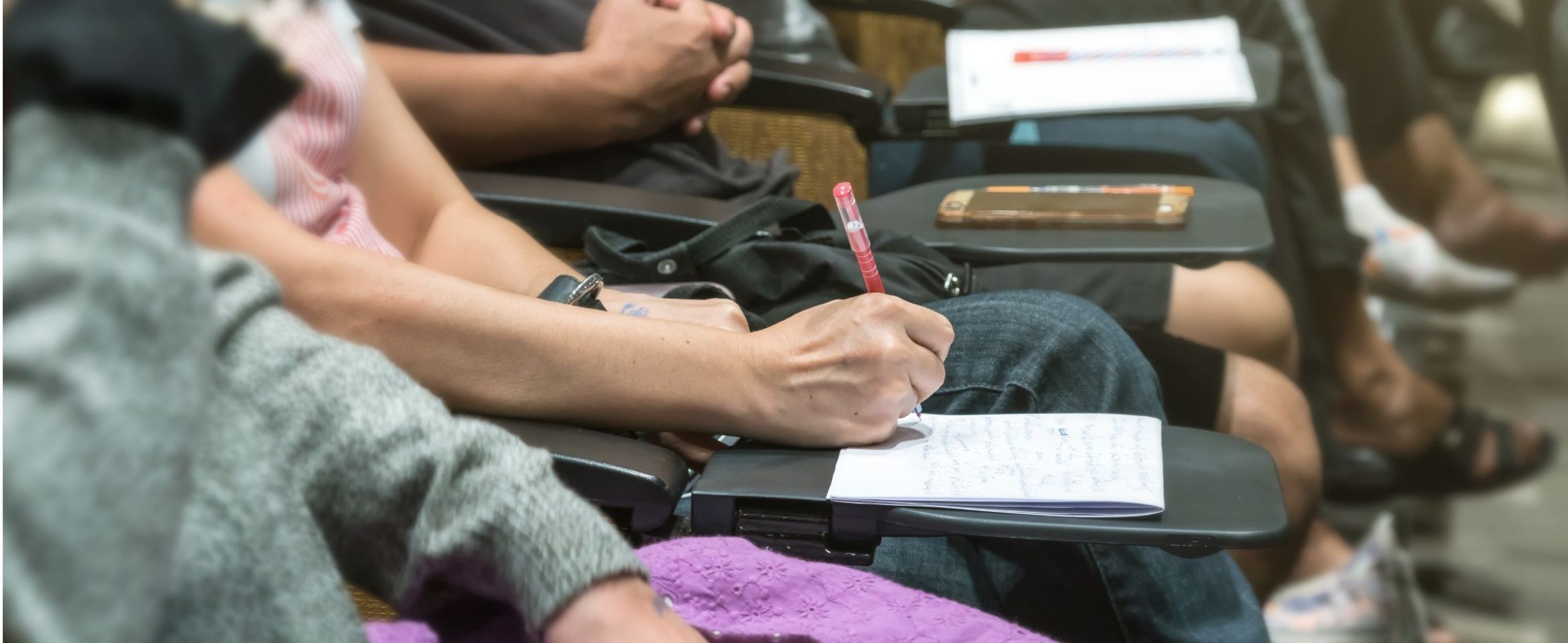Since the democratisation of Instagram, influencer marketing has been on the rise. While there have always been influencers in the business community, these have changed from highly specialised experts, journalists, consultants, and famous professionals, to enthusiasts from the general public who want to share their knowledge. Whether it’s B2B or B2C, influencer marketing is an integral part of the advertisers’ toolkit. And for good reason, as it is easier to trust a person that you follow online (and who is subconsciously part of your community) than a generic advertisement.
The main challenge of influencer marketing often lies in measuring performance. How do I know if the amount I have invested had a significant impact on marketing and sales objectives? To find this out, you need to rely on influencer marketing’s impact on performance.
How influencer marketing is changing the game
Formerly a marketing lever that was a bit special, influencer marketing was mainly used for branding and to improve the notoriety. It has since joined the wider category of performance marketing tools. And it is clear that the number of influencers is growing almost continuously. This is a massive paradigm shift for major brands that have to adapt continuously.
Marketing investments by advertisers are increasing: 65% of marketing professionals increased the budget devoted to influencer marketing in 2019. This is a choice that isn’t just about a simple fashion, but an actual lever that enables you to reach new targeted consumers. However, for many companies, the return on investment remains one of the big unknowns. This is a legitimate question because ROI depends mainly on the way campaigns are run.
Is influencer marketing a solvable solution in performance marketing?
The answer is “yes, but…”.
Yes, because the business model is partially based on engagement (number of views, clicks, conversions, etc.), but it all depends on your strategy and organisation. Investing in influencer marketing without a specific plan and expecting a hypothetical result is not the most effective way to go about things.
In fact, influencer marketing must be incorporated into a specific action plan. With a calendar, objectives, an editorial line, and messages linked to well-defined personas. Before you begin influencer marketing, you must build the tools to surround your campaign such as a landing page, sales pitch, promo codes, link tracking, conversion pixels, etc. The goal is to end up with the right data to track the customer experience and to create engaging content to boost conversions.
A good influencer marketing campaign also relies on the connection between the advertiser and the influencer. Both parties must share common values ??and a certain legitimacy. Hence the rise of micro-influencers who focus on a niche market with a loyal community.
What ratios and KPIs should be monitored?
It is impossible not to mention ROI when discussing influencer marketing. The KPIs for this was previously very vague but are now much better used and understood. There are two main categories:
On the influencer and social networks side:
- CPE cost-per-engagement (CPE): how much does a prospect’s engagement relate to the overall cost of the influencer marketing campaign?
- EMV (earned media value): what is the media exposure generated by the campaign?
- Credibility rate: what is the percentage of real followers among the total community?
- Engagement rate: this is for measuring engagements out of the real community size that can be scored based on the action type. Alike will probably serve the advertiser less than a comment, a share or a click for example.
- The video completion rate: the percentage of people who viewed a video in its entirety. You can also add the average viewing time and the sequence that was viewed to work out when exactly visitors stopped watching.
On the campaign side:
- Percentage of people who clicked on the CTA: this is the most obvious lever and it is easy to use and calculate because it directly impacts the campaign budget.
- Bounce rate on the landing page: can give helpful information on how to optimise it. A/B tests are therefore a good tool for presenting the most successful version based on the expected conversions.
- Form completion rate: you can also add the step during which the prospects leave. Whether it relates to a purchase, download or registration, this data can also help to optimise the customer experience.
- The use of promo coupons in purchases: to measure the impact of the campaign as part of the incentive to purchase.
- Retargeting performance when applicable: for people who have “bounced” from the landing page.
With influencer marketing as a lever of performance, it is now possible to broaden its range of options for marketers. Not only does it provide variety in tone and style, but it also supports high-quality content. By investing in the right place and being well-rounded, brands can design relevant and targeted campaigns with minimal risk-taking.
 SKALE
SKALE  Join Kwanko
Join Kwanko  Program Directory
Program Directory  Who is Kwanko
Who is Kwanko  History
History  Careers
Careers  Kwanko Academy
Kwanko Academy  News
News  Case Studies
Case Studies  Strategy and commitment
Strategy and commitment  Social Responsability
Social Responsability  Gender Equality
Gender Equality  Our Environmental Charter
Our Environmental Charter  Our Ethical Charter
Our Ethical Charter  Our responsible purchasing policy
Our responsible purchasing policy  Certifications and Publications
Certifications and Publications 



 Publishers
Publishers Advertisers
Advertisers Our Solutions
Our Solutions  About Us
About Us  Academy
Academy 














